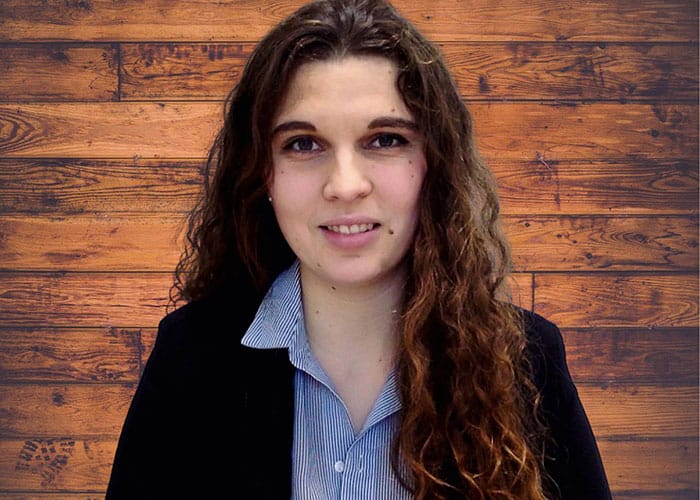Ultrasound Guidance: A Big Help for Treating Horse Lameness

Ultrasonography is the veterinarian’s second-most-used diagnostic imaging tool and a must-have for equine practitioners. Thinking beyond the modality’s traditional uses for soft tissue injury diagnosis and pregnancy monitoring, ultrasonography also offers great potential to guide and assist veterinarians in accurately performing invasive procedures.
At the 2022 Veterinary Meeting and Expo (VMX), in Orlando, Florida, Betsy Vaughan, DVM, Dipl. ACVSMR, shared examples of scenarios where ultrasound guidance—holding the needle in one hand and the transducer in the other—makes procedures safer, more accurate, and less traumatic for the equine patient.
Vaughan, a clinical professor of large animal ultrasound at the University of California, Davis, School of Veterinary Medicine, said, in her experience, ultrasound-guided veterinary procedures offer three main advantages:
Accessing hard-to-reach structures that need to be injected.
“When performing injections, synovial cavities located deep under thick layers of skeletal muscle, such as the coxofemoral (hip) joint, are difficult to visualize and access without utilizing ultrasound guidance,” she said. “Likewise, the articular facet joints of the cervical spine, the bicipital bursa of the shoulder, and the navicular bursa are all synovial structures that can benefit from ultrasound-guided injections.”
Providing precise, accurate, atraumatic penetration into difficult-to-palpate structures.
When injecting a lesion in the suspensory ligament, for example, the traditional or “blind” approach risks puncturing the deep digital flexor tendon (DDFT) and adjacent blood vessels and nerves. Adding ultrasound to the picture allows veterinarians to take an oblique (in this case plantolateral) approach to the suspensory ligament, sparing adjacent tendons, ligaments, vessels, and nerves.
“Similarly, the navicular bursa can be injected without penetrating the DDFT by taking a lateral approach using a small microconvex ultrasound transducer to guide the needle,” Vaughan added. “This transducer has the added advantage of being small and curved, so it fits in tight spots such as the heel bulb region without interfering with needle placement.”
If the navicular bursa or another synovial structure becomes septic, ultrasound imaging becomes especially valuable in sampling synovial fluid. “In septic joints, bursae, and tendon sheaths, the lining (synovium) is severely inflamed and thickened, with little accessible synovial fluid,” Vaughan explained. “Blind techniques are often unrewarding for this reason and risk further trauma and/or hemarthrosis (bleeding into the joint capsule) with too many attempts or when too much pressure is applied during aspiration. In addition to being painful to the horse, this has the potential to delay diagnosis.”
Offering visual guidance in surgery.
In the operating room, ultrasound guidance carries the potential to make surgical debridement as atraumatic as possible. “We can use the technology to examine a wound that needs to be debrided, assess internal abscesses and adjacent structures before lancing, and evaluate bone fragments before surgical removal,” Vaughan said. “In areas with thick, dense overlying musculature, ultrasound can be used to help guide the placement of surgical instruments.”
There’s more to ultrasound-guided procedures than their practical advantages: “We also see the doctor-client relationship benefit,” Vaughan said. “There’s a high perception of value for the horse’s owner watching in real time their investment (the injectate) land exactly where it’s supposed to in their animal’s joint or lesion. Thanks to ultrasonography, both veterinarian and client gain the reassurance that the treatment is placed where it’s meant to be.”

Written by:
Lucile Vigouroux
Related Articles
Stay on top of the most recent Horse Health news with



















